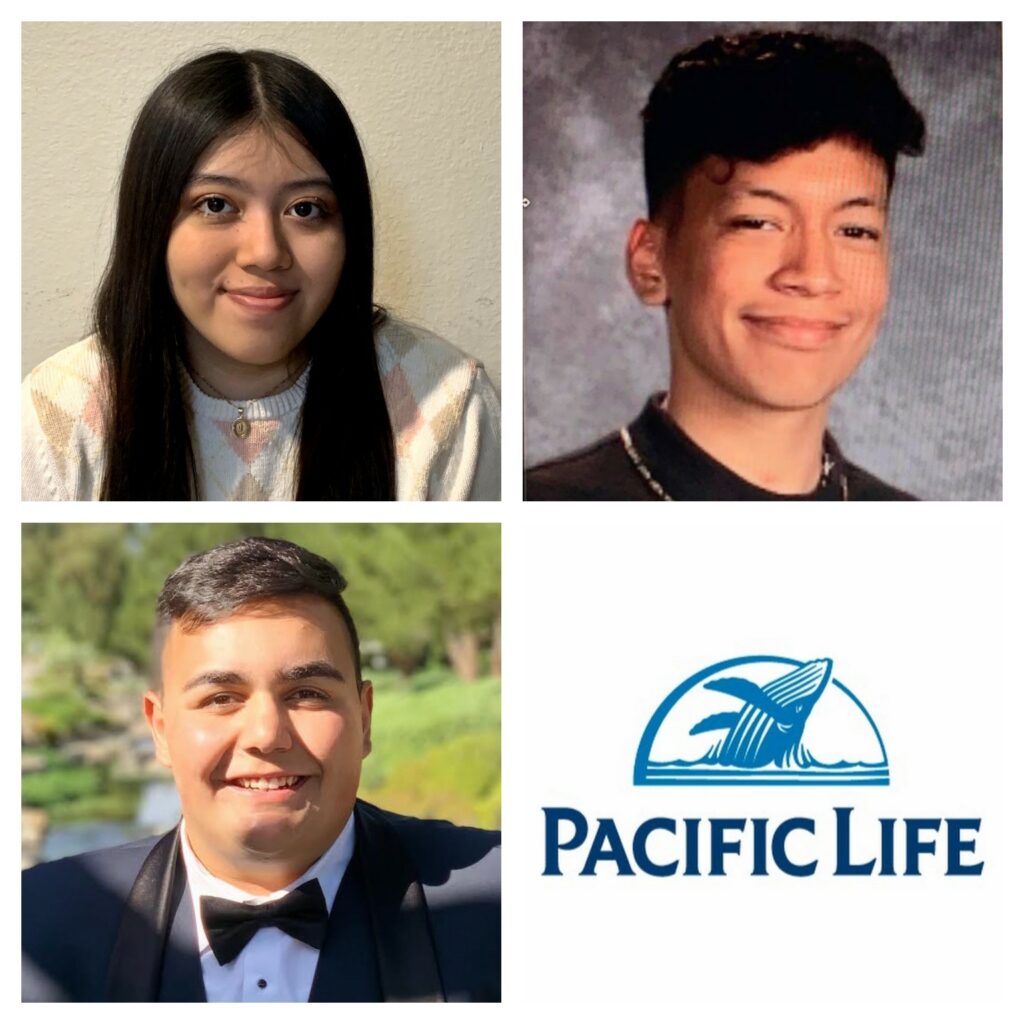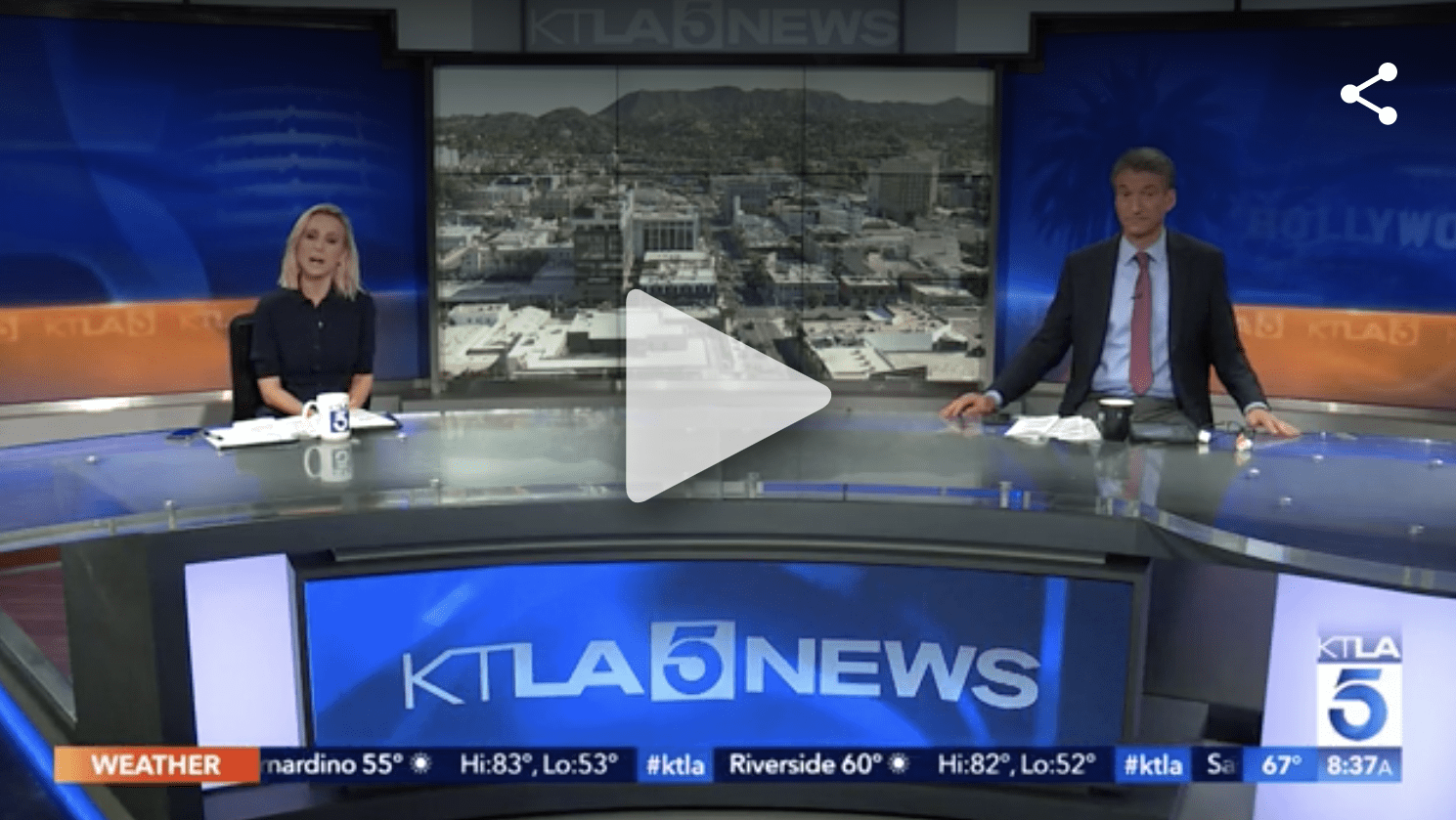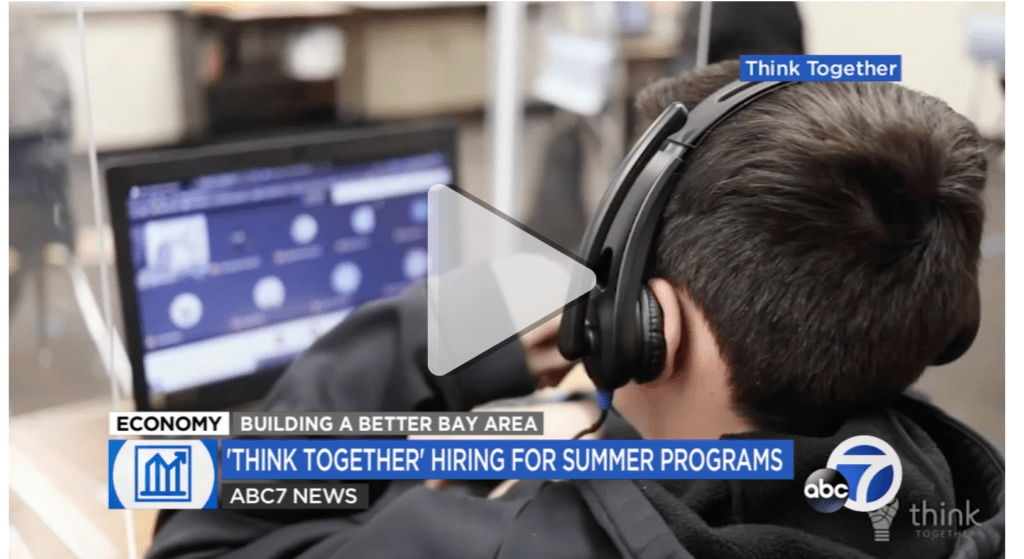Cucamonga School District in our San Bernardino region was remote for the majority of 2020-21 school year, but our connection to the community is as strong as ever. As California has started to reopen, our San Bernardino staff have been able to do something they waited a long time for… to interact with students in person once more.
“It feels great seeing students again, they’ve grown up so much since the last time we saw them,” said Los Amigos Elementary School Site Coordinator Jennie Sanchez.
Toward the end of May, 117 students ranging from kindergarten to fifth grade began their 4-week long Think Summer program at Los Amigos Elementary School filled with fun, friends, and learning recovery. To keep students socially distant, Los Amigos had 25 staff members to support summer learning, breaking most grade levels into two classes. San Bernardino always leads Think Together in kicking off our first summer learning programs, and our team is constantly prepared for surprises.
This year the unexpected came in the form of a need for nutritional services. Three days before the program was set to begin, Think Together was informed that the school district needed Think Together’s support to provide the two meals required each day for students. If Think Together wasn’t able to help with a solution, the summer program could have been in jeopardy.
Think Together sprang into action and, in no small feat, found food vendors willing to work with Think Together to help feed students. The students enjoyed healthy and hearty breakfasts from Corkey’s and balanced and nutritional lunches from Boston Market, Panda Express, Dickie’s BBQ and Papa John’s Pizza.
In addition, Site Coordinators got certified in food handling and safety, becoming Think Together’s first “lunch ladies.” Think Together worked closely with Cucamonga School District’s Food Services Director of their Nutrition Services Department to make sure our staff were compliant with district and state requirements, including adhering to all nutritional, health and safety measures.
“At least 75% of students qualify for free or reduced lunch, so ensuring these students got meals over the last few weeks has been crucial,” said Cucamonga School District Superintendent Mike Chaix. “We are so grateful that Think Together was able to go above and beyond to help make this possible.”
Food security is something that many don’t think about when it comes to an afterschool program but providing students with meals is just as vital as providing them with educational programs.
“You can’t focus on an empty tummy,” added Jennie.
Where we normally only support students during after-school hours in the academic year, summer programs run from 8 a.m.- 2 p.m. with a packed schedule. Students had the opportunities to learn core curriculum in STEM, arts and enrichment and physical activity. One fun component this summer has been using Voyagers curriculum to take the students to Ancient Greece.
As our Think Summer programs conclude for San Bernardino, we want to thank all of our partners, staff, and community members for meeting this moment of need and ensuring that students had an amazing four weeks.
















